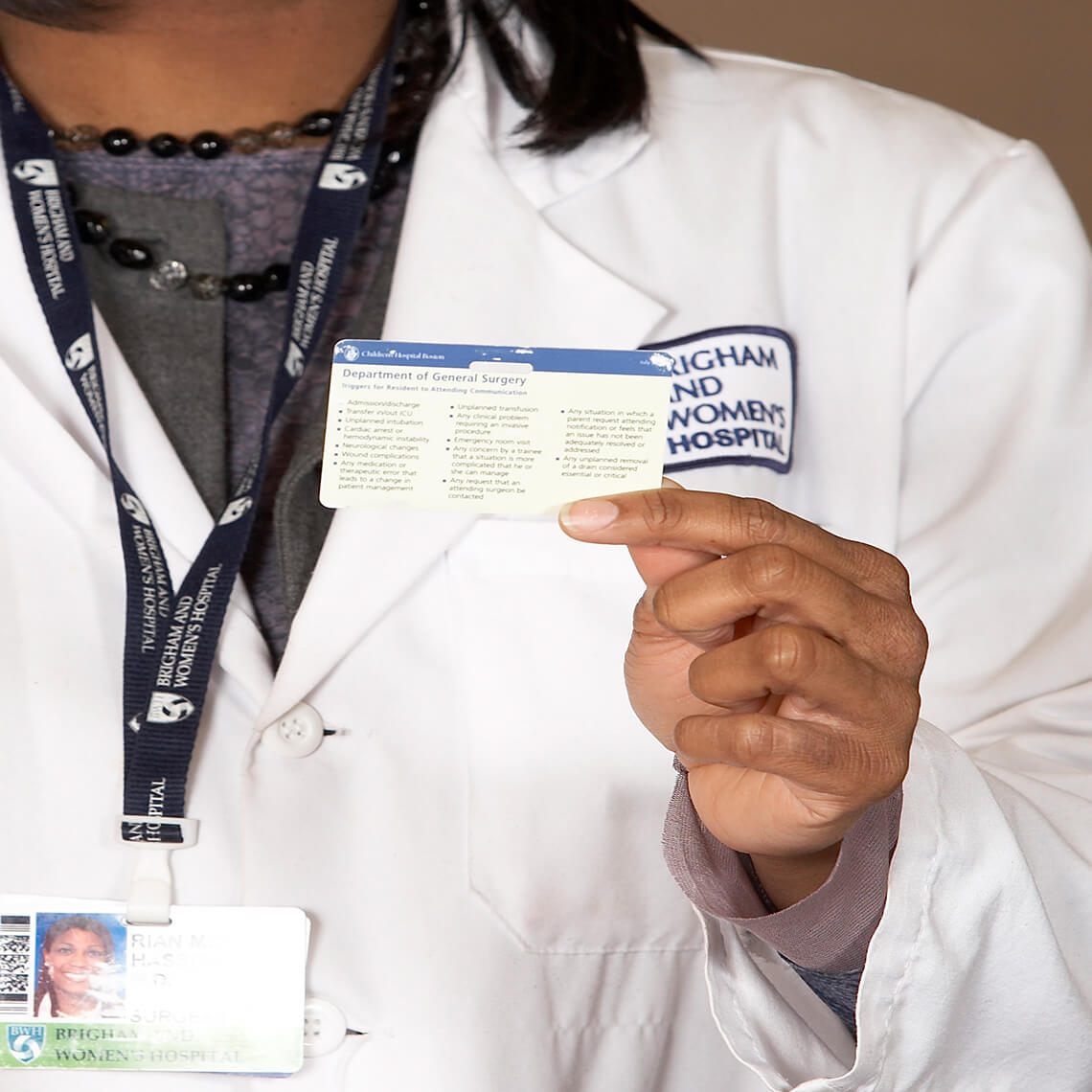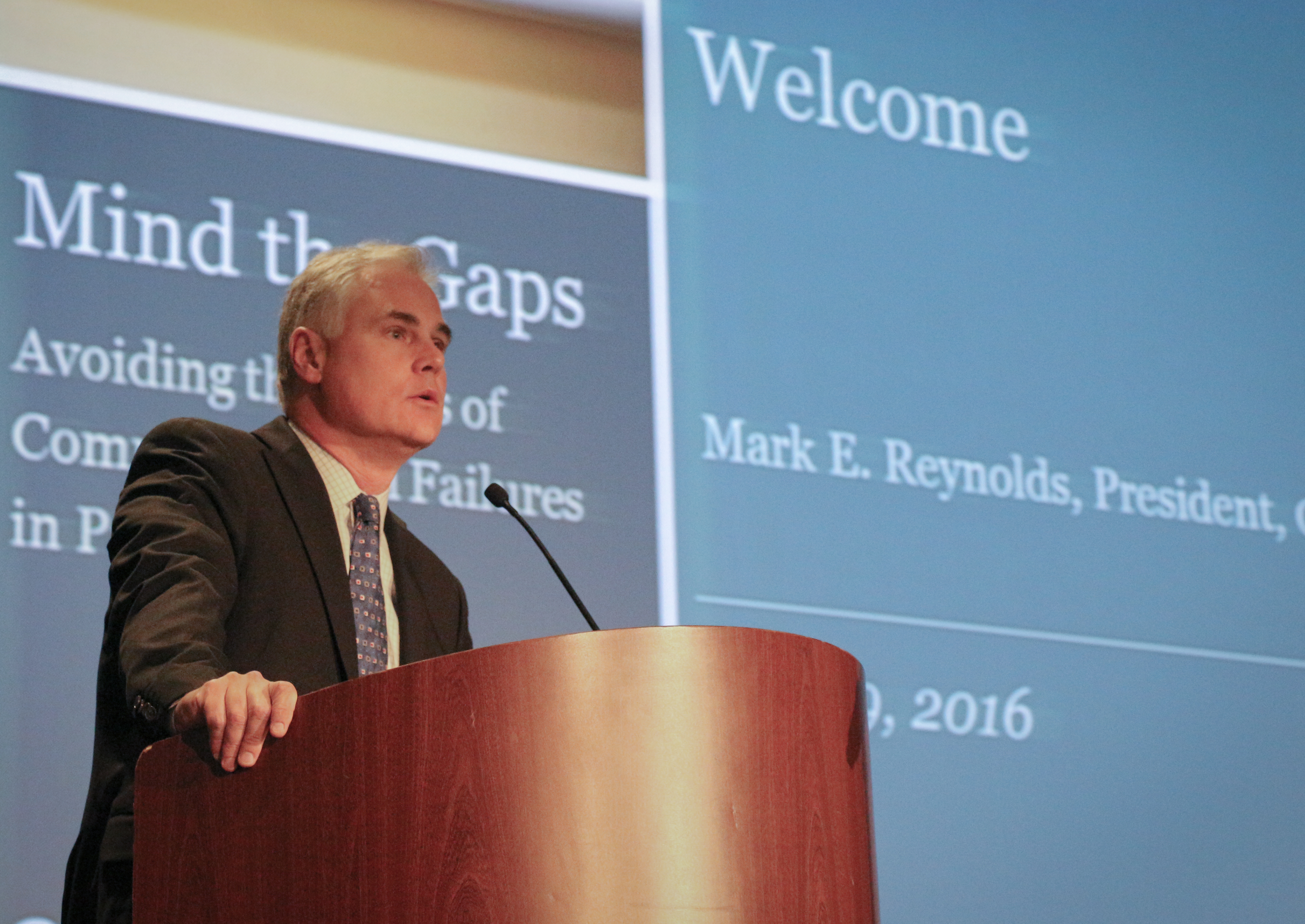Blog Post
Keeping Up with the Medmal Risks of Missed Cancer Diagnoses

Primary care clinicians who see patients ages 40–70 are at the front line of cancer screening and, thus, at risk of an allegation that they failed to make a timely cancer diagnosis. More than 85 percent of failure-to-diagnose cancer malpractice cases occur in outpatient settings and nearly 20 percent of named defendants are General Medicine practitioners.
In its effort to help primary care physicians navigate the often complex and frequently shifting cancer screening and diagnostic processes, CRICO annually sponsors a key, CME opportunity, with instruction from leading cancer and patient safety specialist.
On Saturday, October 13, 2018, the one-day course, Best Medical Practice Maximizing Skills, Minimizing Risk, will give office-based primary care clinicians a golden opportunity to update their knowledge about screening for the four most common cancers and help prevent failures or delays in diagnosis.
The top four most commonly diagnosed cancers for U.S. adults1 are:
- Breast (269,000 annual diagnoses)
- Lung (234,000)
- Prostate (165,000)
- Colon and Rectal (140,000)
Given the impact of such diagnoses on quality of life and life expectancy, it is not surprising that a failure to diagnose one of those four types of cancer is among the most common allegations in professional medical liability (malpractice) claims and lawsuits. Analysis of more than 95,000 cases reported to Candello found 1,684 alleging a missed or delayed diagnosis of lung, breast, colorectal, or prostate cancer (among cases filed from 2007–2016).
|
Cancer |
Cases |
Avg. |
|
Cases |
Closed with |
Avg. Payment3 |
|
Breast |
598 |
$263K |
658 |
247 (38%) |
$396K |
|
|
Lung |
524 |
$282K |
569 |
214 (38%) |
$451K |
|
|
Prostate |
178 |
$273K |
213 |
90 (38%) |
$431K |
|
|
Colorectal |
384 |
$266K |
452 |
167 (37%) |
$491K |
|
|
Total |
1,684 |
$271K |
1892 |
718 (38%) |
$439K |
Incidents that evolve into medical malpractice cases, generally, represent a relatively small subset of similar adverse events. Thus it, is reasonable to assume that clinicians who see patients in the key demographic segments most susceptible to these common cancers are at risk for a missed or delayed diagnosis. Of course, many cancers are undetected in their early stages despite diligent compliance with recommended screening regimens. What often triggers an allegation of malpractice is not the failure of routine screening but, rather, breakdowns in the broader diagnostic process.
Cases in the Candello database are coded by clinical specialist who have access to all relevant clinical and legal documents for each case. This enables the identification of the key factors that contributed to the allegation of a diagnostic failure. By grouping a subset of these codes into 12 common steps in the diagnostic process, CRICO is able to pinpoint key opportunities for further exploration and intervention. For the 1,684 cases involving breast, lung, prostate, and colorectal cancers, the most vulnerable steps are highlighted below.
|
Diagnostic Process of Care |
Cases4 |
|
1. Patient notes problem and seeks care |
1% |
|
2. History/Physical |
9% |
|
3. Patient assessment/evaluation of symptoms |
31% |
|
4. Diagnostic processing |
23% |
|
5. Order of diagnostic/lab test |
42% |
|
6. Performance of tests |
5% |
|
7. Interpretation of tests |
34% |
|
8. Receipt/transmittal of test results (to MD) |
6% |
|
9. Physician follow up with patient |
30% |
|
10. Referral management |
23% |
|
11. Provider to provider communication |
19% |
|
12. Patient compliance with follow-up plan |
20% |
Clinicians who attend Best Medical Practice Maximizing Skills, Minimizing Risk, will learn from cancer specialist and risk management experts, strategies for reducing their vulnerability throughout the diagnostic process. Of particular focus will be improving communication with patients and specialist.
Notes and References
- American Cancer Society: Cancer Facts and Figures 2018. Atlanta, Ga: American Cancer Society, 2018.
- Includes reserves for open cases, and expenses and payments for closed cases.
- Includes defense expenses
- A single case may have breakdowns in multiple steps
Related Blog Posts
Investing in Patient Safety


Mind the Gaps: Learning How to Avoid Miscommunication Pitfalls
January Safety Salute | MedStar Health Creating a Just Culture

